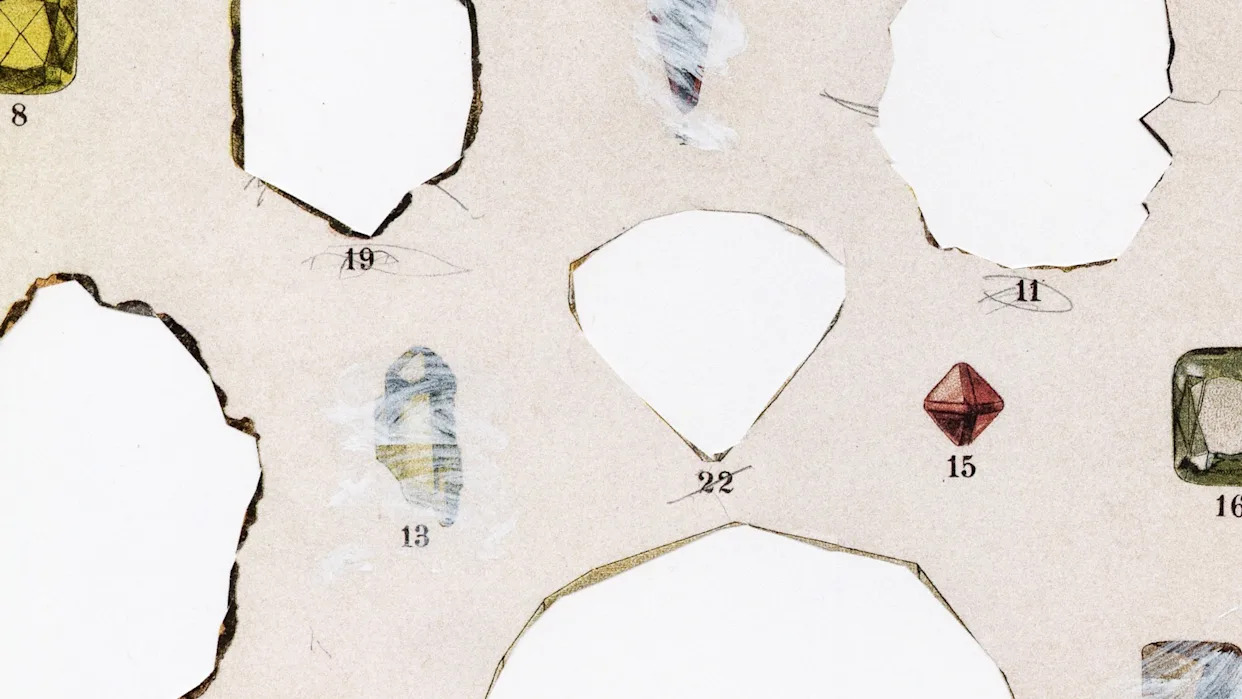
The Atlantic Daily, a newsletter that guides you through the biggest stories of the day, helps you discover new ideas, and recommends the best in culture. Sign up for it here.
In 1956, the American geologist M. King Hubbert made a startling prediction: In a matter of decades, the supply of fuel on which so much of modern society depended would dwindle. Dubbed the “peak oil” theory, the concept held sway for decades as U.S. production of crude topped out in 1970, then declined. By 2009, however, the numbers started to turn, thanks to offshore drilling and new fracking technology, until U.S. crude oil output surpassed not just the country’s 1970 peak but that of every other crude-pumping nation throughout all of history.
Now, as the emissions spewed by burning all that crude help roast the planet, a new anxiety has started to grip energy policy: the possibility of peak mineral.
The technologies the world is banking on to wean us off fossil fuels all depend on minerals, in various quantities: the so-called white gold of lithium and the bluish metal cobalt needed for batteries; the brittle metalloid tellurium used in solar cells and microchips; the tin for the soldering that forms a grid of cells on a panel; the soft, silvery cadmium and indium that formulate special kinds of thin-film photovoltaic equipment. Because renewables now make up the fastest-growing source of power generation worldwide, investors have been trying to bolster supplies of these minerals.
A new study published Thursday in Nature Climate Change tried to look more comprehensively than any previous effort at the world’s mineral future, considering 557 energy-transition scenarios that might keep the world from warming beyond 2 degrees Celsius, the target set as the maximum amount of allowable warming by the Paris climate accords. The researchers, a team of Chinese scientists led by the Beijing Institute of Technology, found that, even given moderate emission-reduction, the world would face shortages of up to 12 minerals by 2100 in every energy-transition scenario. In some regions of the world, such as the Middle East, twice as many minerals could be in shortfall.
But clean-energy technologies are advancing rapidly enough that trying to imagine the industry’s needs 75 years from now is a very theoretical exercise. Just as fears of peak oil were eventually mooted by technology, fears of peak mineral very well could be too.
It’s true that the world cannot currently meet humanity’s growing need for energy while phasing out fossil fuels. As Ashley Zumwalt-Forbes, a petroleum engineer who previously worked as the Department of Energy’s deputy director for batteries and critical materials, put it to me bluntly: “We need more mines.”
Known mineral reserves are limited, but the financial gymnastics necessary to open a mine are also a major barrier to increasing supply. These projects take decades to go from conception to operational; investors want to mine minerals that are cheap enough to be widely available (and therefore used in mass-market products), but expensive enough to make the new venture profitable. If the price of a mineral remains too high, though, the market for it won’t grow fast enough to make new mines worthwhile.
That’s what made the Trump administration’s decision last month to buy a big stake in MP Materials, the only active rare-earths mining company in the United States, so notable. It’s the first time since World War I, when the federal government nationalized the railroad system, that Washington has directly intervened in the private sector. The U.S. was certainly motivated by competition with China, which has gobbled up the world’s market share for mining and processing minerals needed for batteries and microchips, and recently slapped trade restrictions on exports of key metals. But because the Department of Defense now sets the price at which it will buy MP Materials’ minerals and is its largest shareholder, MP Materials is also insulated from the ups and downs of commodity trading.
In this still-early stage of the world’s clean-energy boom, though, mineral needs are shifting quickly and opening up opportunities for substitutes. Silver demand grew over the past two decades thanks to solar cells, which today make up nearly 14 percent of global usage of the precious metal. While demand is growing as more panels are produced, improvements in the technology have slashed silver usage per unit by more than half in the past 15 years, Seaver Wang, the director of the climate and energy team at the Breakthrough Institute think tank in California, told me. Substitutes such as copper that has been electroplated are becoming more common. Alloys used in the control rods in nuclear reactors—such as indium and cadmium—are already substitutable too, he said: Boron-carbide rods are at no risk of shortages, and even available “off the product catalog at Westinghouse.” (Wang served as a peer reviewer on the Nature Climate Change study.)
Companies have rolled out alternatives to lithium too—most notably batteries that use the far more abundant sodium. And because cobalt, a key ingredient in batteries, is primarily extracted in the Democratic Republic of the Congo, where labor practices are difficult to trace and often include child workers and slaves, manufacturers have in recent years commercialized new chemistries that completely forgo that metal. Five years ago, the energy consultancy BloombergNEF forecast demand for cobalt to hit 300,000 metric tons a year by 2030, according to Kwasi Ampofo, the consultancy’s head of metals and mining. “Now it’s 100,000,” he told me. “Battery companies realized they don’t need cobalt in large quantities anymore. They got smarter on the material composition of these technologies.”
The speed of innovation occurring now only points to how hard it is to predict “mineral requirements for global-warming scenarios out to 2100,” Cameron Perks, a director at the London-based battery-materials consultancy Benchmark Mineral Intelligence, told me. The Nature Climate Change study forecasts, for instance, that Africa will be a major source of lithium. “While I don’t claim to know what will happen in 75 years, I know this is not going to be true anytime soon,” Perks said.
The study’s authors recognize these limitations. “These findings underscore the complex and interconnected nature of mineral demands in low-carbon transitions,” they wrote in an email. “While shifting technologies may relieve certain resource pressures, they can
intensify others.”
One of the study’s clear limits is that the researchers based their calculations on high future growth rates for thin-film solar panels, which depend heavily on indium, cadmium, tellurium, and tin. As a result, those minerals most frequently came up short in the findings. But thin-film panels are also outdated technology. They have the advantage of generating more power in the dawn or late evening than crystalline silicon panels, which also require more steps to manufacture. Still, silicon panels have benefited from the scale of the solar-panel industry in China, and require less complicated chemistry; they have dominated the market since the early 2000s. In the email, the researchers acknowledged that thin-film solar panels losing market share might ease some shortages, but noted that that shift increases demand for other metals, particularly tin. Their goal, they wrote, was to “encourage systemic thinking in designing sustainable energy transitions.”
Substitution is just part of that equation. Oil supplies went up in part because natural gas became a viable alternative once technology to super-chill the fuel into its liquid form became an option. Unconventional drilling technology entered the mix after oil prices surged to record highs in the 2000s, making new and more expensive up-front projects economically viable. If new types of traditional nuclear reactors take off in the 2030s, that could radically alter the world’s forecasted mineral needs. If nuclear fusion finally becomes a reality, that could upend all the projections. Artificial intelligence could achieve breakthroughs in material science; mining asteroids may become a source of minerals. If the old adage proves true that change is the only certainty in an more unpredictable future, that bodes well for adaptation.








Comments